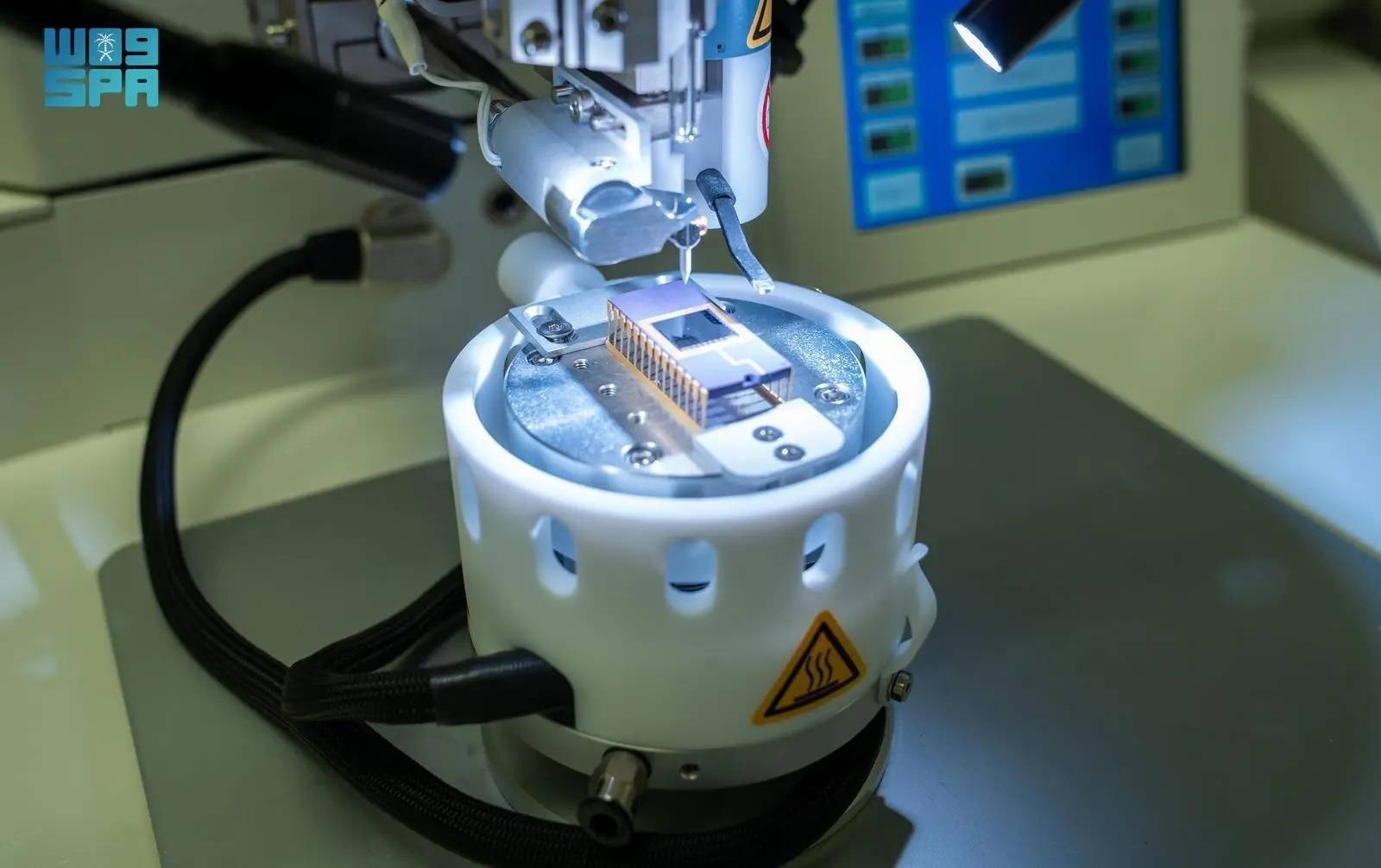A contingent of Chinese companies led by technology giant Huawei is turning out in force to the world’s biggest wireless trade fair, aiming to show their muscle in the face of Huawei’s blacklisting by Western nations concerned about cybersecurity and escalating tensions with the US over TikTok, spy balloons and computer chips.
After three years of pandemic disruption, tens of thousands from the tech industry have descended on Barcelona for Monday's start of MWC, formerly known as Mobile World Congress, an annual industry expo where mobile phone makers show off new devices and telecom industry executives peruse the latest networking gear and software.
“China is very much coming,” John Hoffman, CEO of wireless industry trade group and event organizer GSMA, told reporters.
Attending are 150 Chinese companies out of 2,000 exhibitors and sponsors, with Huawei Technologies Ltd. having the biggest presence. The smartphone and network equipment maker is expanding its footprint by 50% from last year and taking up almost an entire vast exhibition hall at Barcelona's Fira convention center, organizers said.
That is striking considering that Huawei has been at the center of a geopolitical battle over global technology supremacy that's left parts of its business crippled by Western sanctions.
The US three years ago successfully pushed European allies like Britain and Sweden to ban or restrict Huawei equipment in their phone networks over fears Beijing could use it for cyber-snooping or sabotaging critical communications infrastructure — allegations Huawei has denied repeatedly. Japan, Australia, New Zealand and Canada have taken similar action.
Huawei declined to comment ahead of the show's opening. The company's supersized presence at the show is a sign of defiance, said John Strand, a Danish telecom industry consultant.
Huawei wants to send Biden a message, Strand said of the US president. The company’s message, he said, is: “Despite the American sanctions, we are alive and kicking and doing so well.”
US-China tech tensions have only grown.
A suspected Chinese spy balloon downed by a US fighter jet sparked acrimony between Beijing and Washington in recent weeks.
US authorities have banned TikTok from devices issued to government employees over fears the popular Chinese-owned video sharing app is a data privacy risk or could be used to push pro-China narratives.
The US also is seeking to restrict China's access to equipment to make advanced semiconductors, signing up key allies Japan and the Netherlands.
That followed the MWC expo four years ago becoming a battleground between the US and China over Huawei and the security of next generation wireless networks. In a keynote speech, a top Huawei executive trolled the US over its push to get allies to shun the company's gear.
Huawei hasn’t gone away, and the dispute continues to simmer. Washington widened sanctions last month with new curbs on exports to Huawei of less advanced tech components.
Still, the company has maintained its status as the world's No. 1 maker of network gear thanks to sales in China and other markets where Washington hasn't been so successful at persuading governments to boycott the company.
Strand, who has been attending MWC for 26 years, said Huawei wants to show the world it’s pivoting away from mainly making networking gear — the hidden plumbing such as base stations and antennas connecting the world's mobile devices — and becoming an all-round tech supplier.
The company is reinventing itself by supplying hardware and software for cargo ports, self-driving cars, factories and other industries it hopes are less vulnerable to Washington.
“Since MWC is a global event, they (Huawei) will want to communicate on this and showcase that they are still a key player in the telecom and high-tech industry,” said Thomas Husson, a principal analyst at Forrester Research.
Huawei also makes smartphones but sales outside China cratered after Google was blocked from providing maps, YouTube and other services that usually come preloaded on Android devices.
“The Huawei consumer brand has collapsed in Europe,” Husson said. At MWC, “Huawei may well announce new consumer smartphones and new consumer devices, but the brand has lost momentum and these announcements are primarily for fast-growing markets outside the US and Western Europe.”
Huawei is just part of the larger Chinese delegation, whose turnout is getting a boost from China lifting all COVID-19 travel restrictions. ZTE, another Chinese tech company that had been sanctioned by the US, plans product launches at MWC.
Chinese mobile phone makers Honor, Oppo and Xiaomi will have a strong presence, said Ben Wood, chief analyst at CCS Insight. Honor was Huawei's budget brand but was sold off in 2020 in hopes of reviving sales by separating it from the sanctions on its corporate parent.
“The removal of COVID restrictions in China has made it possible for these manufacturers to attend the show in force,” Wood said. “They are all keen to establish themselves as the ‘third alternative’ to Apple and Samsung in European markets and see MWC as a pivotal event to do that.”
Pre-pandemic in 2019, MWC drew 109,000 people, with 6% from China. The event was canceled in 2020 and held in limited form in 2021. Last year's event attracted 60,000 visitors but was overshadowed by the omicron COVID-19 variant.








